Content
Feeding phlox in the spring is necessary for every gardener who wants to see exquisite flowers with good decorative qualities in their garden. These unpretentious perennials need proper care, timely watering and fertilizer. If you feed, loosen and mulch the soil in spring and autumn, phlox will annually delight the owner with lush bouquets with a wonderful aroma and will live in one place for up to 8 years.
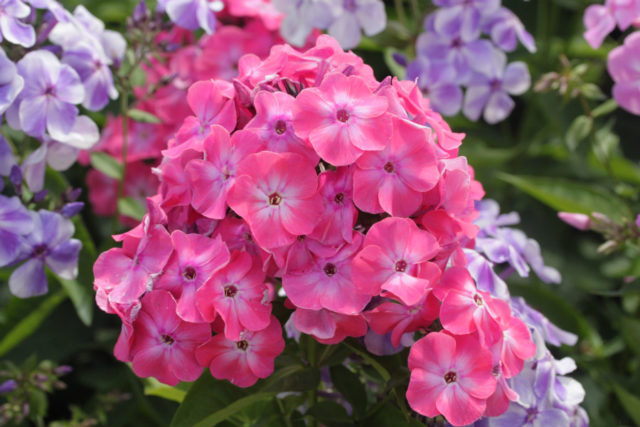
Phloxes need mineral or organic fertilizers
Do I need to fertilize phlox?
To increase the lifespan and improve the quality of a flower, you need to know about the rules of caring for it. The main secret, thanks to which the buds will be large and their flowering will last, is fertilizing the soil. The growth of phlox begins early; it is advisable to feed them for the first time in the spring, before all the snow has melted. The next feeding occurs at the end of May - beginning of June.Feeding is then done in the first and last week of July. Varieties that bloom late need additional feeding at the end of summer. The last time phloxes are fertilized is in the fall before winter.
Types of fertilizers for phlox
The composition of the substances that need to be fed to it depends on the stage of development of the crop. The growing season of phlox consists of several stages:
- height;
- development;
- formation of buds;
- end of flowering;
- seed pod maturation.
For each growth phase you need to select the appropriate type of fertilizer:
- Organic. Natural nutrients containing nitrogen, which allows phlox to grow well. Organic matter should be added generously in the spring, and later, at the time of butanization, its amount is reduced.
- Mineral compositions. Chemicals that the plant needs in the summer and autumn months. In spring, urea can be used as a mineral.
- Root feeding. The most effective method of care, used throughout the year. When organic matter and minerals are added to the roots of bushes in a liquid or dry state. It is advisable to use these mixtures in early spring or during autumn feeding of phlox and preparation for winter.
- Foliar feeding. Spraying bushes with nutritional compounds. The best time to visit is the beginning of June and the end of July.
- Folk remedies. In the spring, wood ash is used, nettle infusion is used as an alternative to nitrogen sources, and bone meal is used instead of phosphorus preparations.
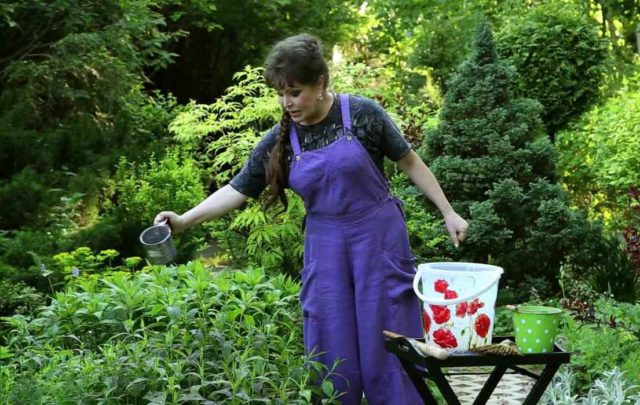
Fresh manure should not be applied to plants; this can lead to rot and fungal diseases.
What fertilizers do phlox like?
Before feeding the crop, it is important to pay attention to the planting site. Plants planted in clay or infertile soil, in addition to complex fertilizers, like to add humus, sand, and peat to the soil.
Flowers accept organic matter well:
- slurry diluted with water in a ratio of 3:20;
- mullein in a rotted state, infused (1/3 of the substrate per 10 liters of water) and diluted 1:3;
- bird manure, 1000 g per 10 l.
The best minerals to feed phlox are:
- Crystalline urea, phosphorus, potassium, ammonium nitrate can only be applied in the spring.
- Potassium salt and potassium sulfate are indispensable in summer.
- Superphosphate - can be fed both in the spring and at the stage of fertilizing phlox for the winter.
Among folk remedies, it is better to give preference to wood ash, weed infusion, and bone meal.
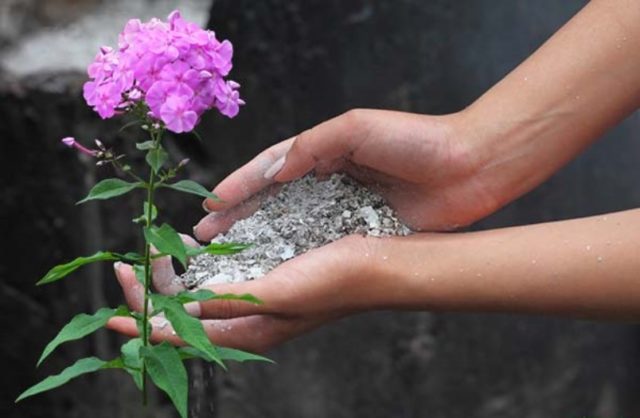
Wood ash will effectively protect phlox from harmful insects
Signs of nutritional deficiencies
If phloxes lag behind in development, bloom sparingly, and drop their leaves prematurely, it means they lack nutrients. In this situation, it is important to correctly identify and eliminate the cause of the deterioration. The main signs of a lack of elements are:
- phosphorus - flowering later than expected, dull leaves of a dark green hue;
- potassium – poor flowering, pale color;
- nitrogen – developmental delay, pale leaves;
- iron – yellowing of foliage in spring and summer;
- copper – slow development, brown spots on leaves;
- magnesium - falling of leaf blades.
Rules and terms for feeding perennial phlox
It is advisable to fertilize perennial phloxes 5-6 times (necessarily in spring and before winter), but if the plant is young, then it is enough to feed it 3 times. Treatments are required depending on the growth phase.
Feeding time:
- The first application is carried out in the spring. Ammonium nitrate, ash, and superphosphate are distributed over the surface of the snow. In the absence of snow cover, fertilizer is embedded in the ground.
- The second treatment is also carried out in the spring, but already in May. Mullein, potassium salt, and ammonium nitrate are perfect. Additionally, you can pour a solution of potassium permanganate (0.2 g per 6 l) or boric acid (2 g per 6 l).
- In the summer, at the time of flowering, it is better to feed the bushes with mineral complexes: “Flower”, “Agricola”. It is allowed to use a mixture of chicken manure and potassium sulfate with superphosphate (20 g each) per 10 liters of water. Potassium promotes the formation of long and abundant flowering and enhances color.
- In the fall, feeding phlox involves using phosphorus-potassium solutions (20 g of potassium sulfate and 40 g of superphosphate per 20 liters of water). It is useful to use bone meal, ash, and the “Autumn” complex mixed with compost.
How to feed perennial phlox in spring
In early spring, the growing season of the plant begins. At this moment it is better to feed it with minerals. For example, add 50 g of superphosphate or 40 g of ammonium nitrate per 1 m2.
In late spring, phloxes need nitrogenous, organic mixtures: ammonium nitrate and potassium salt (15 and 20 g per 1 m2 respectively), ash. The best option would be an infusion of mullein or bird droppings. To prepare it you need:
- Place the bag with the substrate in a container of water.
- Leave for 7-10 days, stirring occasionally.
- Mix with water 1:10.
In the spring, during planting, it is advisable to add leaf humus, lime, horse manure, dolomite or bone meal to the ground. It is better to mix organic matter with minerals, so the plant will receive the maximum of substances that promote growth.
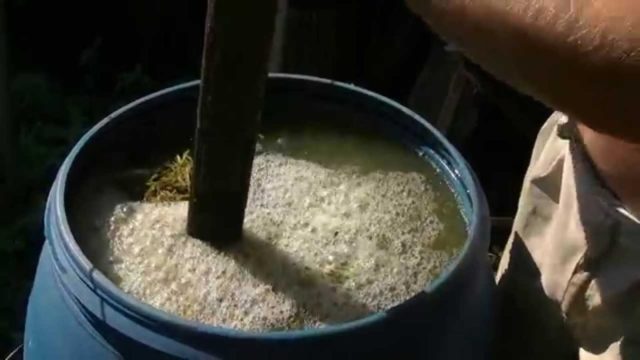
Using organic matter in the garden is environmentally friendly
How to feed phlox flowers in summer
To feed perennial phlox in the summer, mineral fertilizers or a mixture of 20 g of potassium sulfate, 20 g of superphosphate and 10 liters of water are suitable. Summer fertilization of phlox with ash will also be useful. To do this, 300 g of the substance must be diluted in a bucket of water and left for 4 days.
How to feed phlox in the fall
In autumn, flowers need to be prepared for the cold weather. At this time, fertilizers must be applied, since the crop needs to regain its strength. A solution prepared from a mixture of one spoon of potassium sulfate and superphosphate per bucket of water or a mixture of 40 g of wood ash, 20 g of potassium nitrate, 40 g of superphosphate and 10 liters of water is suitable.
A couple of weeks before using the phosphorus-potassium composition, it is advisable to treat the soil near the plants with foundationazole (10 g per 10 l) or phytosporin-M (5 g per 10 l). The procedure is performed to prevent the development of bacterial and fungal diseases.
How to feed phlox for the winter
In October, you can feed phlox with dry preparations.Sprinkle 40 g of superphosphate or 200 g of bone meal and 1 cup of wood ash under the bush. This way the plant will survive the winter easier and accumulate nutrients in the roots. In the second half of October, mulching should be carried out. For this purpose, sawdust, peat, mown grass and humus are used. To protect the crop from freezing, a 5-centimeter layer of mulch is sufficient.
How to feed phlox for abundant flowering
In order for phlox to delight the gardener with fresh shoots in the spring, it is important to strictly follow all the rules of care. To increase immunity and give the bush lushness, important substances are potassium, manganese, boron and other macroelements. Potassium and phosphorus contribute to the formation of buds and bright color. These components must be added to the soil where the flowers grow.
Also, to keep the phlox large, in the fall you can feed them with Bona-autumn or Fertika (autumn), and in the summer with Kemira + with the addition of an Epina ampoule.
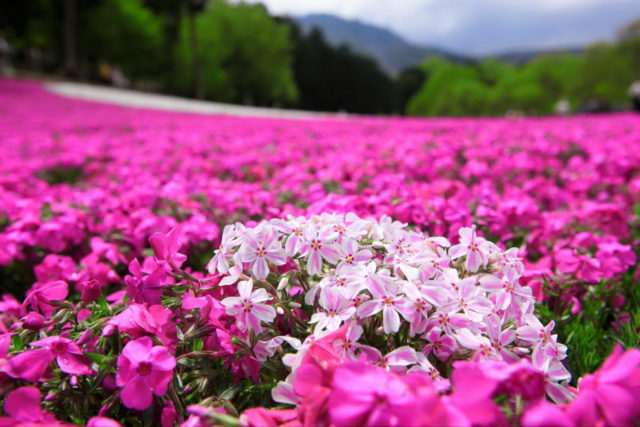
For abundant flowering, phloxes are fed about 6 times a year.
What and how not to feed phlox
The process of fertilizing phlox has several nuances. During the procedure you cannot:
- Use dry compounds on unmoistened soil.
- Apply fresh manure.
- Increase the concentration recommended by the manufacturer.
- Include nitrogen in autumn fertilizing.
Rules for applying fertilizing
The effectiveness and benefit of the procedure depends on compliance with the rules. In order not to harm the plant, it is important to strictly follow the instructions. Proper feeding consists of using the required dose of the drug, in favorable weather conditions and the correct method of application.
Rules for using fertilizers:
- It is not advisable to fertilize in dry and windy weather. It is better to add liquid organic matter in the spring, into loose, abundantly moistened soil. It is allowed to feed flowers by foliar method in the morning or after sunset, on a windless, cloudy, but not rainy day.
- It is very important to strictly follow the dosage and prepare solutions according to the instructions. Excessive concentration of the substance can lead to burns and even death of the plant.
- The best result can be achieved if you feed the phloxes with fertilizer in dissolved form. To do this, the required amount of the component is diluted in a large volume of water and the bushes are watered with the composition.
- The use of dry mixtures is allowed when feeding phlox before winter, with abundant watering or rainy weather, or for digging. Topical application usually requires embedding the substance into moist soil to a depth of 20 cm.
- The foliar method provides additional nutrition. It is produced in late spring and summer by spraying beneficial solutions onto the stems and leaves of flowers. Used for prevention and in cases where the plant urgently needs to be fed (in case of illness).
If you feed phlox incorrectly, you can burn the root system, disrupt the balance of nutrients and soil microflora. And this will significantly worsen the quality of phlox flowering and can lead to their death.
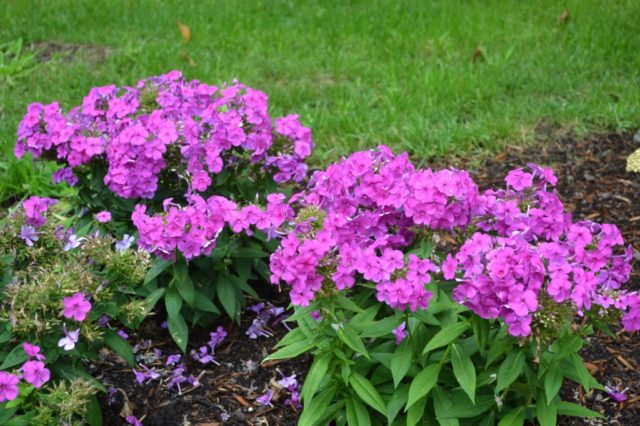
Fertilizing will never cause harm if done correctly
Conclusion
You can feed phlox in spring and autumn using different preparations and methods. The main thing is not to neglect the procedure and follow simple rules. A timely and competent approach to the matter will help prolong flowering and improve the quality of inflorescences, and prevent the development of diseases. But it should be remembered that moderation is important in everything.
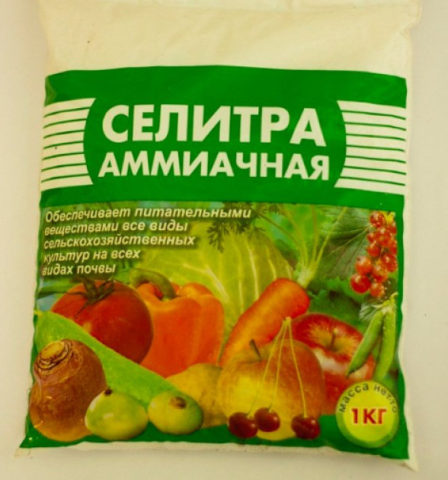
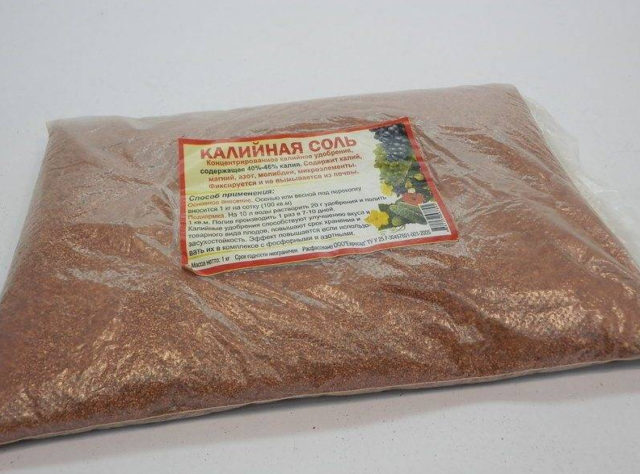
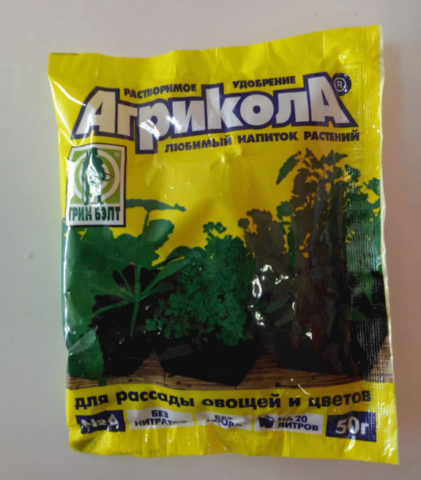
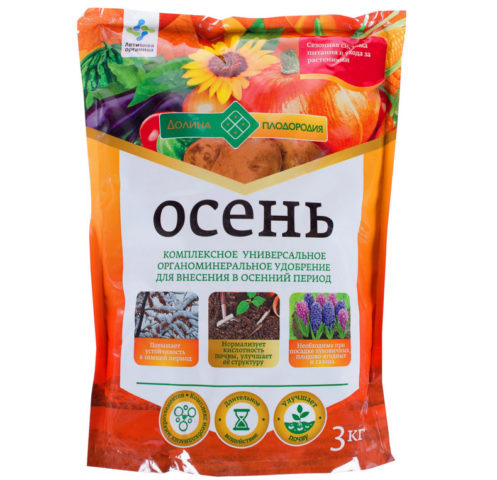
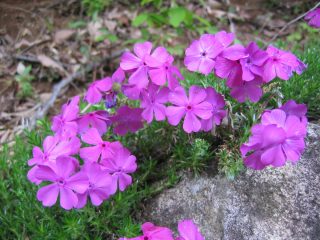

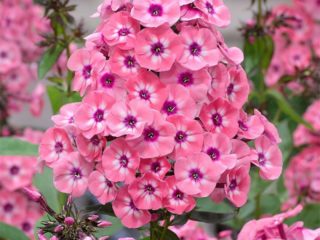
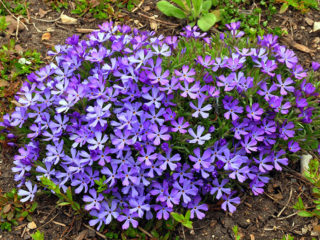

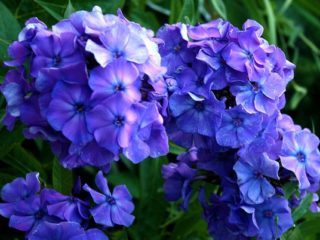
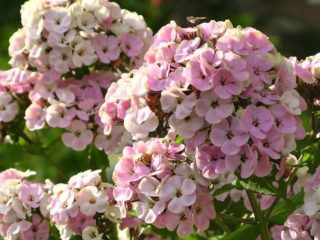
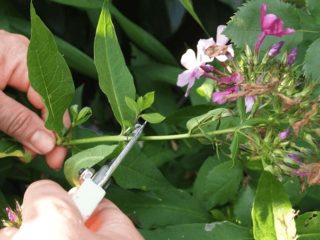

autumn feeding of phloxes fertika autumn applied before or after cutting